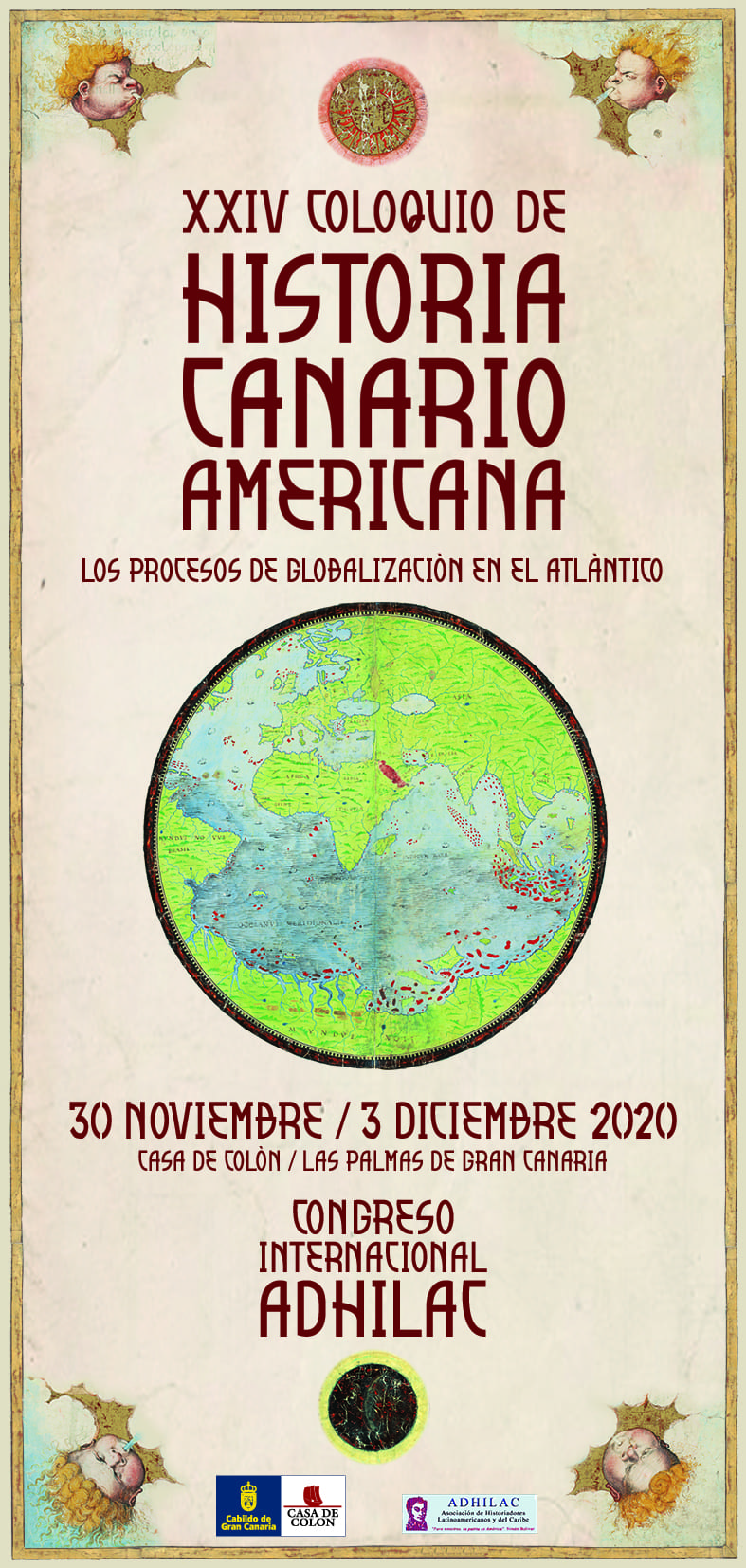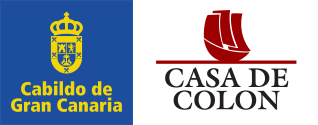Alejandro de Humboldt, de Canarias a las Américas / Alejandro de Humboldt, from the Canary Islands to the Americas
Resumen
Humboldt, en su pasión de viajar, eligió el océano Atlántico cuando puso sus ojos en las Américas, como Colón. Consiguió el permiso del rey de España, Carlos IV, para visitar las regiones equinocciales del Nuevo Continente y se embarcó en La Pizarro, junio de 1799, desde A Coruña a las Canarias con el botánico francés Bonpland. Subió al Pico el Teide en Tenerife descubriendo los pisos de vegetación. De Tenerife siguió hasta Venezuela y Cuba. Cruzó la isla caribeña y bajó a tierras colombianas para continuar por los Andes hasta Ecuador y Perú. Visitó el volcán Chimborazo y desde Guayaquil subió en barco por el océano Pacífico hasta México, lo cruzó para saltar a Cuba y subir a los Estados Unidos. Conversó con el presidente Jefferson y en 1804 regresó a Europa. Sus vivencias americanas contribuyeron a globalizar el Atlántico.
Humboldt, in his passion for travel, chose the Atlantic Ocean when he set his eyes on the Americas, like Columbus. He obtained permission from the King of Spain, Carlos IV, to visit the equinoctial regions of the New Continent and embarked in La Pizarro, June 1799, from La Coruña to the Canary Islands with the French botanist Bonpland. He climbed the Pico el Teide in Tenerife discovering the vegetation floors. From Tenerife he continued to Venezuela and Cuba. He crossed the Caribbean island and went down to Colombia and continue through the Andes to Ecuador and Peru. He visited the Chimborazo volcano and from Guayaquil he took a boat up the Pacific Ocean to Mexico, crossed it to jump to Cuba and go up to the United States. He spoke with President Jefferson and in 1804 he returned to Europe. His American experiences contributed to globalizing the Atlantic.




